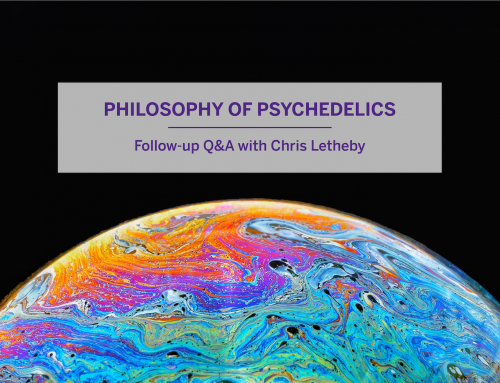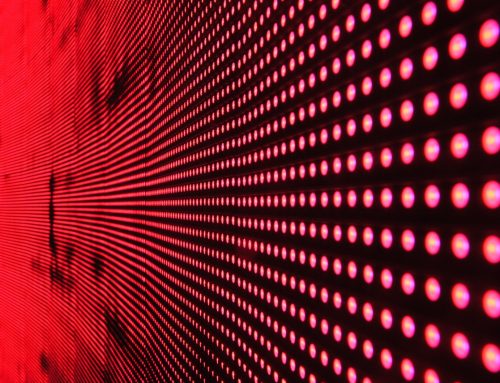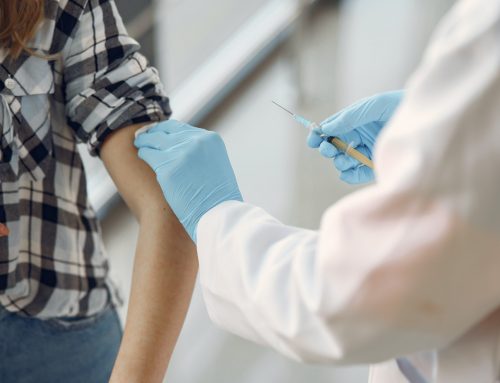Recently, the Vancouver Sun reported on an ongoing legal case that potentially has important implications for neuroethics and the law. Kenny Ng, the patient at the center of the controversy, was injured in a car accident seven years ago and diagnosed, after rigorous clinical assessment, as being in a vegetative state. His wife would like doctors to discontinue feeding him, thereby allowing him to die. Her lawyers claim there’s no hope of recovery for Mr. Ng and that keeping him alive is an affront to his human dignity. However, Mr. Ng’s family is challenging her decision in court, citing research from Adrian Owen’s lab (discussed previously on this blog by Andrew Peterson and Mackenzie Graham), which demonstrates that some patients previously believed to be in a vegetative state retain a degree of conscious awareness.
In response to this court case, Julian Savulescu, director of the Oxford Uehiro Center for Practical Ethics, wrote the following on the Oxford Practical Ethics blog:
Owen has made a major scientific breakthrough. However, it is not clear that the discovery of consciousness means that the treatment should not be withdrawn. Paradoxically, the discovery of consciousness in very severely brain-damaged patients may provide more reason to let them die.
This position is not new: Savulescu has been arguing for it since 2009. The basic idea, as I understand it, is that it could turn out that detecting consciousness in behaviorally non-responsive patients actually gives us more of a reason to let them die, since they might be in a state of suffering and have essentially no ability to interact with the world (see this paper for a more detailed account of the reasons).
Given that the court case raises questions about who should make decisions about Mr. Ng and whether he should be subjected to further testing using the Owen lab technique, it’s not entirely clear how Savulescu’s comment bears on the relevant aspects of the legal proceedings. However, one could argue, based on his statement, that there is no advantage to subjecting Mr. Ng to neuroimaging tests, since positive results would provide both reasons to keep him alive and reasons to hasten death, and as such would not provide information that should influence the decision. Though there may have been some merit to such a position in 2009, recent progress has rendered this argument inapplicable to the current case.
In 2009, when Savulescu and Kahane’s original article was published in the Journal of Medical Ethics, Owen’s lab had demonstrated that some behaviorally non-responsive patients are able to follow commands by imagining playing tennis or navigating from room to room in their house (Owen et al. 2006). If this turned out to be all we are able to learn about a non-responsive patient using imaging techniques (and if we assume that command-following is indicative of awareness), it’s easy to see the relevance of the claim, “the discovery of consciousness in very severely brain-damaged patients may provide more reason to let them die.” If, as the argument might go, we know that a patient is aware but have no way of assessing the patient’s well-being, keeping the patient alive might actually exacerbate the patient’s suffering. Thus, when trying to assess a difficult case like that of Mr. Ng, it’s not clear that data from imaging that can detect only command-following would help resolve the case.
However, we are no longer at a point where the most the Owen lab techniques can tell us about behaviorally non-responsive patients is whether or not they are able to follow commands. Since the original study published in 2006, Owen’s lab has shown that some behaviorally non-responsive patients are able to answer yes/no questions in a scanner by imagining playing tennis for “yes” and imagining walking through a house for “no” (Monti et al, 2010). To date, this method has allowed two patients to correctly answer a variety of questions including those about autobiographical facts and new information learned by the p
atients after the injury occurred. Moreover, a recent study by Adam Hampshire has also found that behaviorally non-responsive patients may be able to solve basic reasoning problems. And, perhaps most dramatically, a recent BBC documentary showed Dr. Owen asking a patient for the first time, “are you in pain?” (Thankfully, the answer was “no”).
Given these findings, it no longer is the case that the most we can hope to learn from neuroimaging techniques is the bare claim of “awareness” without any way of assessing the patient’s well-being. It is true that not all patients who can follow commands can also answer questions in the scanner. However, prior to testing, the possibility remains for any given non-responsive patient of acquiring information about subjective mental states using neuroimaging techniques. And so, in the case of Mr. Ng, there’s a possibility that he would be able to answer yes/no questions in the scanner about his well-being which may be relevant to ethical questions about his treatment.
Another argument that bare awareness might provide a reason to allow a patient to die, rather than emphasizing that the patient is suffering, might instead start from a claim that the patient has no hope of experiencing positive aspects of life, such as “desiderative or objective goods” (Wilkinson et al. 2009, p. 7). If such patients are trapped without any ability to interact with the world, then one could argue that they’re missing many of the things that make life meaningful. One might think that behaviorally non-responsive patients with minimal consciousness are in precisely such a predicament, if “Neuroimaging findings may not predict meaningful recovery.” (Wilkinson et al. 2009b, p. 509).
The data thus far is inconclusive about whether the neuroimaging findings are reliable prognostic indicators. However, even if it were true that imaging data doesn’t predict recovery, modern technology is providing new avenues for the patients to one day interact with the world. Rapid advancement in the study of Brain-Computer Interfaces with nonresponsive patients (see Naci et al 2012 for a state of the art review) has made meaningful communication and interaction with the world a not-so-far-fetched possibility. It has already been shown that healthy volunteers are able to use neurofeedback from EEG recordings to play video games (Lanius 2012). Non-responsive patients are not able to focus on visual stimuli, but other sensory modalities such as touch or audition can be used to provide a more reliable sensory input needed for neurofeedback. Thus a method that allows individuals within this patient group to move a mouse curser (and all of the opportunity that comes with that) might be developed in the relatively near future. Behaviorally non-responsive patients no longer appear to be trapped in a hopeless condition; even if they are not able to regain normal control of their body, there are emerging alternative possibilities for functional recovery via brain computer interfaces that would allow them to interact with the outside world.
It now appears that we are at a point where we can obtain imaging and other results for behaviorally non-responsive patients that indicate awareness. If focusing exclusively on the well-being of the patient, we ought to seek such information whenever possible since it could lead to more accurate information about the patient’s well-being and, additionally, may facilitate some degree of recovery. Of course, we don’t operate in an isolated world of unlimited resources where we can make decisions based solely on the well-being of one patient, and other constraints will inevitably be relevant to policy (e.g. questions about how to distribute scarce resources). And there’s still much to learn about how much this experimental procedure can tell us about behaviorally non-responsive patients. However, given Savulescu’s claim that “the discovery of consciousness in very severely brain-damaged patients may provide more reason to let them die” appears to advocate death for the patients’s sake, it needs further explanation to be relevant to cases like that of Mr. Ng.





